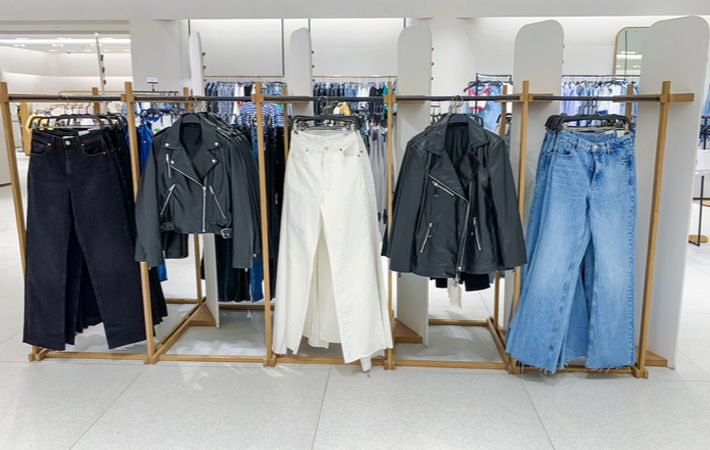
This estimate was calculated shortly before the omicron COVID-19 variant emerged and is likely conservative.
The industry experienced significant supply disruptions in 2021, frustrating companies' efforts to meet rebounding consumer demand.
North America's apparel and footwear industry also endured a variety of unanticipated cost increases in 2021, including the cost of cotton (up by 40 per cent), trans-Pacific container shipping (300 per cent), air freight (50 per cent), and over the road (OTR) freight (20 per cent), while labour shortages drove up logistics, warehousing, and retail wages, further contributing to industry-wide spikes in cost of goods sold (COGS) and general and administrative (G&A) expense.
“Our 2022 analysis explored the industry's vulnerability to ongoing supply disruptions and cost shocks," explained Greg Portell, lead partner of Kearney's Global Consumer Practice.
"We benchmarked hundreds of supply chains' preparedness to absorb unexpected challenges in ways that maintain reliability and minimize costs?a trait we call 'resilience.' We then calculated what lack of resilience could cost the North American apparel and footwear industry overall this year," he said in a company press release.
The analysis suggests complexity reduction, fresh sourcing strategies and more rigorous alignment of inventory management with merchandising for companies in this sector.
In the long term, Kearney sees companies improving resilience via nearshoring and reshoring, to make their supply lines less vulnerable, while also building up regionalized supply chains within their existing footprint.
Fibre2Fashion News Desk (DS)